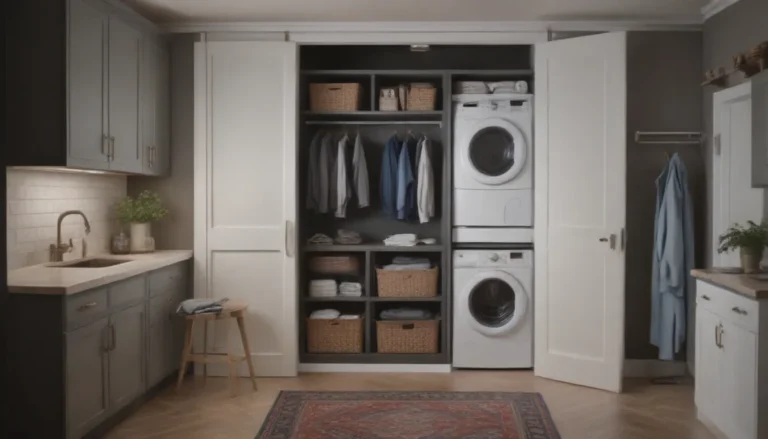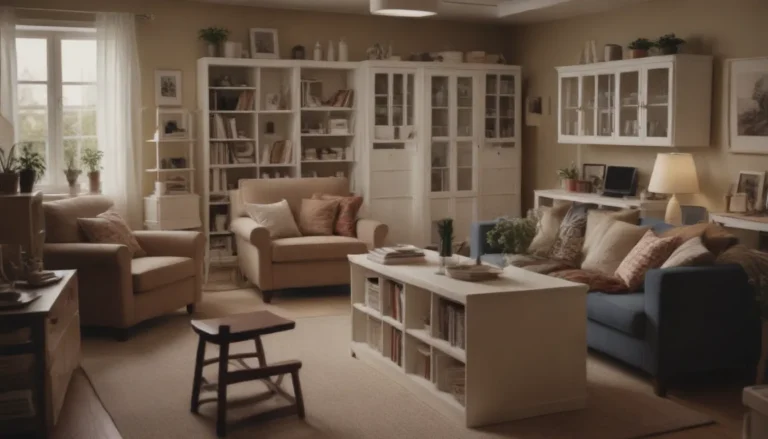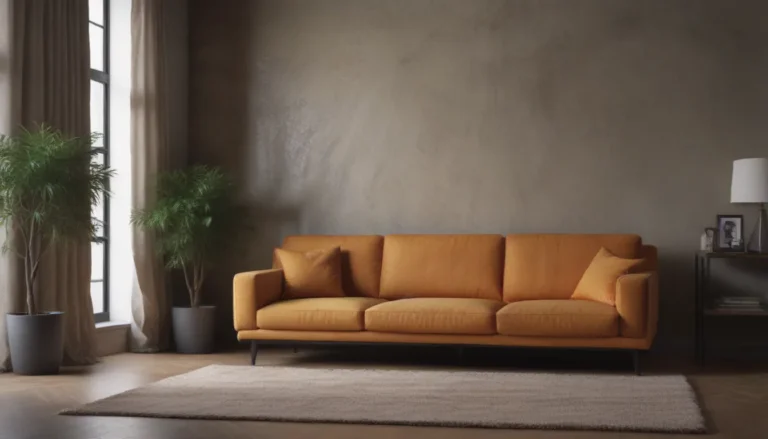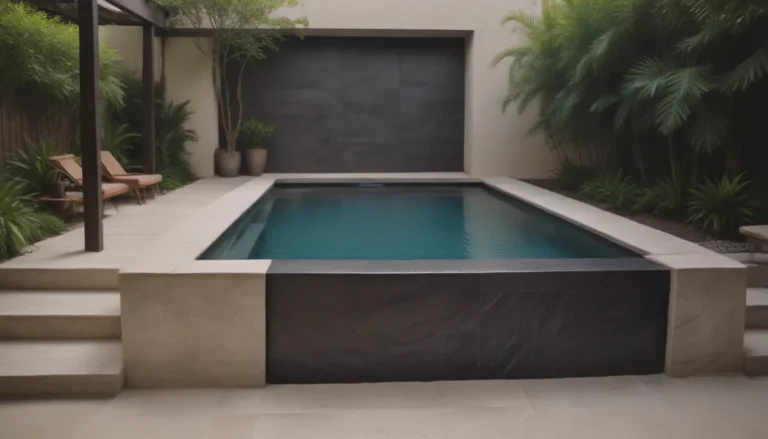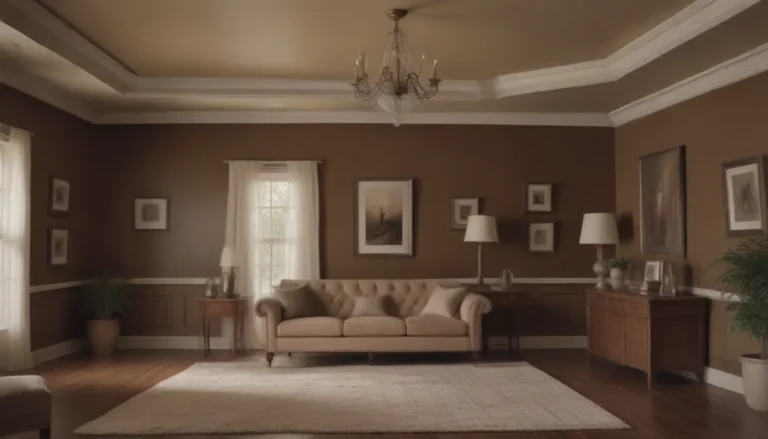Rediscovering Retro Design: A Deep Dive into Its Origins, Characteristics, and Revival
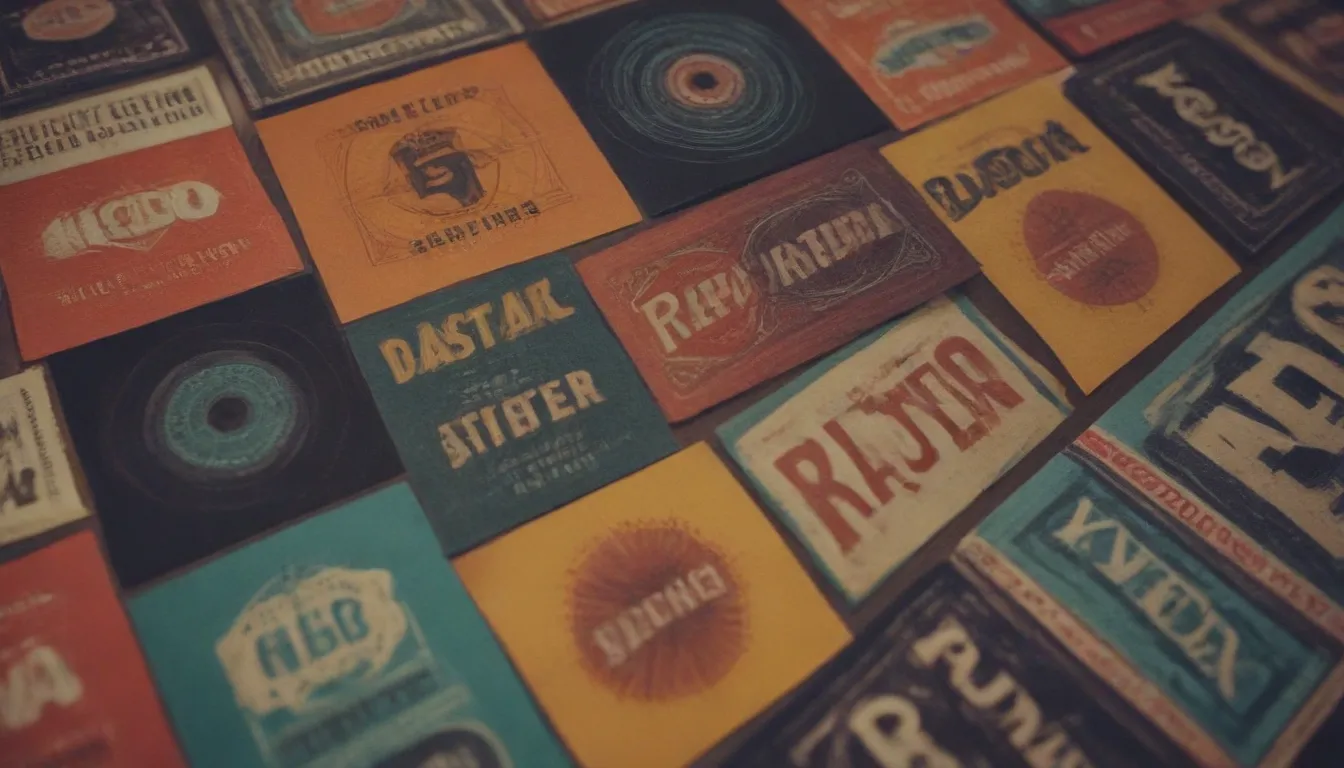
Retro design has resurfaced in a big way and has captured the hearts of many, especially millennials. This design style harkens back to the past while still feeling fresh and relevant in today’s homes. In this article, we’ll delve into the history of retro design, explore its key elements, and provide valuable insights from experts on how to incorporate retro pieces into your own living space. So, grab a cup of coffee and get ready to embark on a journey through the world of retro design!
Unveiling the Roots of Retro Design
When we talk about retro style, we often think about the iconic “Mad Men” era of the 1960s, characterized by sleek lines, vibrant colors, and a sense of sophistication. According to designer Eleanor Trepte, retro design is deeply rooted in the color and design ethos of the ’60s and ’70s. These decades marked a time of innovation and creativity in the world of interior design, with bold patterns, futuristic shapes, and a playful use of color taking center stage.
However, retro design is not limited to midcentury modern aesthetics alone. As designer Jonathan Rachman points out, it can also draw inspiration from art deco, rococo style, or other design elements of the past. The beauty of retro design lies in its versatility and ability to blend different styles from various eras to create a unique and eclectic look.
Key Characteristics of Retro Design
One of the hallmarks of retro design is midcentury modern furniture, characterized by its distinct curved or angled shapes and bold hues. Think sleek sofas, teardrop-shaped coffee tables, and iconic Eames chairs. Retro design is also synonymous with a vibrant color palette, including avocado green, mustard yellow, orange, and cherry red.
In addition to bold colors, retro design embraces patterns and textures with open arms. From psychedelic wallpaper to shag rugs, retro interiors are all about creating a sense of fun and whimsy. Textures play a crucial role in adding depth and visual interest to a space, so don’t be afraid to mix and match different materials to achieve that retro flair.
Decorating Tips for Embracing Retro Style
If you’re looking to infuse your space with retro charm, it’s important to strike a balance between vintage pieces and modern accents. Designer Jonathan Rachman advises against going overboard with retro items and instead recommends starting with a single inspiration piece, whether it’s a funky light fixture, a retro wallpaper pattern, or a statement furniture piece.
Maintaining a sense of balance is key when incorporating retro elements into your decor. Pair a bold midcentury modern sofa with contemporary hardwood floors, a sleek coffee table, and crisp white walls to create a harmonious blend of old and new. Remember, retro design is all about creating a curated look that feels intentional and cohesive.
The Resurgence of Retro: A Nostalgic Revival
In recent years, retro design has experienced a resurgence in popularity, thanks in part to millennials who have a deep appreciation for the nostalgic charm of retro aesthetics. What was once considered outdated or tacky is now seen as vintage and cool, with retro pieces adding a touch of personality and character to modern interiors.
With the rise of online platforms and social media, accessing genuine retro pieces has never been easier. From vintage furniture stores to online marketplaces, retro enthusiasts can easily find unique pieces that speak to their individual style. Even mainstream retailers like Ikea have embraced the retro trend, offering collections inspired by the iconic designs of the past.
Distinguishing Retro from Vintage: A Design Language of Its Own
It’s important to note the distinction between retro and vintage design. While both terms may evoke a sense of nostalgia, they have different meanings in the world of interior design. Retro design refers to new items that are made to look like they come from a past era, whereas vintage items are between 20 and 99 years old.
Retro art for walls can encompass a wide range of styles, from midcentury modern posters to graphic fabric wall hangings featuring bold geometric shapes. For those looking to add a touch of retro charm to their space, consider incorporating framed paintings of landscapes or abstract artwork that channels the spirit of past decades.
In conclusion, retro design offers a unique opportunity to blend the old with the new, creating a space that is both nostalgic and contemporary. By understanding the history and key elements of retro design, you can embark on a design journey that celebrates the beauty of the past while embracing the creativity of the present. So, go ahead and explore the world of retro design – who knows what treasures you may find along the way!
